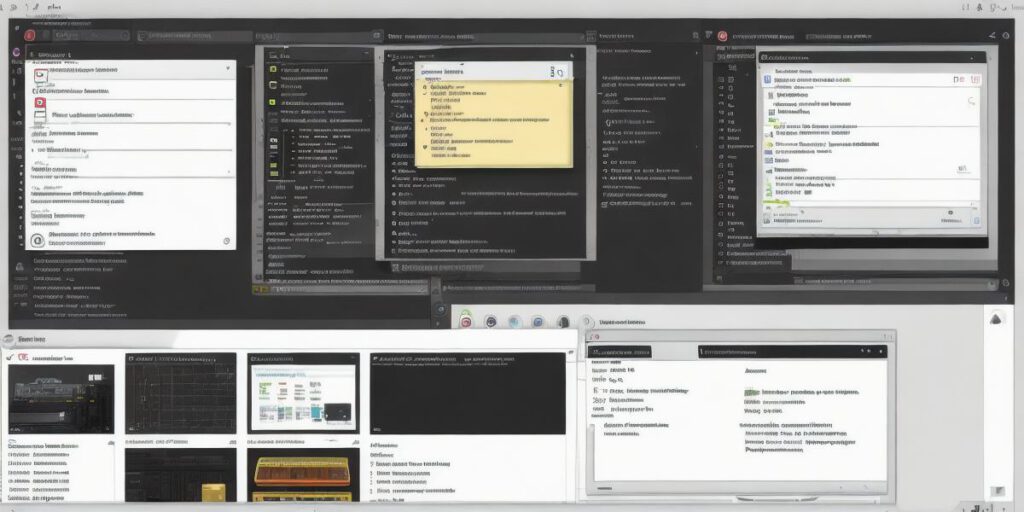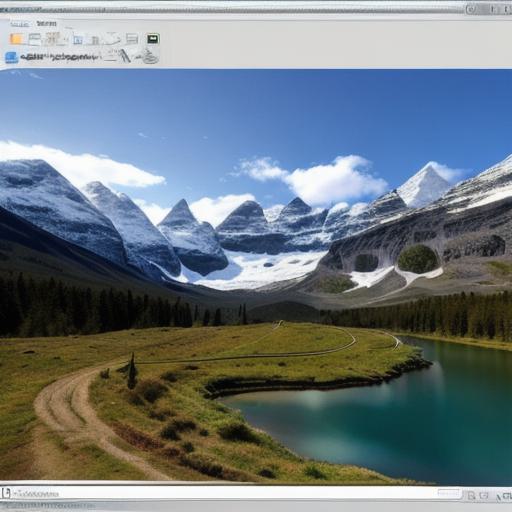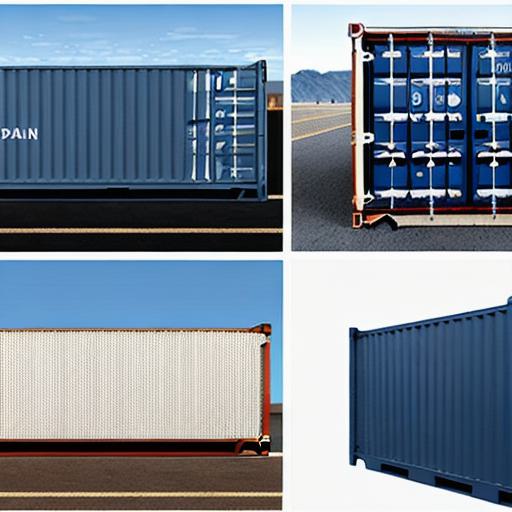Where is the best location for software installation in Linux

If you’re using a Linux operating system, there are several ways to install software on it. However, the best location for software installation can vary depending on your needs and preferences. In this article, we will explore the different options available and help you determine which one is right for you.
Installing Software through the Package Manager
The most common way to install software in Linux is through the package manager. This tool allows you to download and install packages of software from a repository of pre-compiled binaries. Some popular package managers include apt (for Ubuntu), yum (for CentOS), and pacman (for Arch Linux).
Advantages of
Installing Software through the Package Manager
:
- You don’t have to worry about compiling the software yourself, saving time and effort.
- The package manager takes care of dependencies and version control, ensuring that everything works together seamlessly.
- There is a vast repository of pre-compiled packages available, making it easy to find what you need.

- The package manager automatically updates your system with new versions of software and security patches.
Disadvantages of
Installing Software through the Package Manager
:
- You may not have access to the latest version of the software if it’s not available in the repository.
- Sometimes, the package manager may install additional packages that you don’t need or want, bloating your system.
- The package manager may not work well with non-standard software, requiring manual installation.
Installing Software Manually
If you prefer to have more control over the installation process, you can install software manually in Linux. This involves downloading the source code of the software from its official website or a trusted repository, compiling it yourself, and then installing it.
Advantages of
Installing Software Manually
:
- You have complete control over the installation process, allowing you to customize settings and choose specific dependencies.
- You can use the latest version of the software, even if it’s not available in the package manager repository.
- You can install non-standard software that may not be compatible with the package manager.
Disadvantages of
Installing Software Manually
:
- The installation process can be time-consuming and complex, especially for those without experience in compiling software.
- There is no guarantee that the software will work correctly, as it requires manual configuration and compilation.
- You are responsible for managing dependencies and version control, which can be error-prone.
Installing Software via Docker Containers
Docker containers are a popular way to package and deploy applications in Linux systems. They allow you to run software in an isolated environment that contains everything it needs to function correctly. This makes it easy to install and manage software on different systems, without worrying about dependencies or version control.
Advantages of
Installing Software via Docker Containers
:
- You can easily deploy software across different environments, such as development, testing, and production.
- The software runs in an isolated environment, reducing the risk of conflicts with other applications on your system.
- The software’s dependencies are managed automatically, ensuring that everything works together seamlessly.
Disadvantages of
Installing Software via Docker Containers
:
- Setting up and managing Docker containers can be complex, requiring specialized knowledge and tools.
- You need to allocate resources to the containers, which can affect performance and resource utilization on your system.
Installing Software from Source Code Repositories
Another option for installing software in Linux is to download the source code of the software from a repository and compile it yourself. This method requires more technical skills than other options but allows you to customize the installation process and choose specific dependencies.
Advantages of
Installing Software from Source Code Repositories
:
- You can install the latest version of the software, even if it’s not available in the package manager repository.

- You have complete control over the installation process, allowing you to customize settings and choose specific dependencies.
- You can use non-standard software that may not be compatible with the package manager or Docker containers.
Disadvantages of
Installing Software from Source Code Repositories
:
- The installation process can be time-consuming and complex, especially for those without experience in compiling software.
- You are responsible for managing dependencies and version control, which can be error-prone.